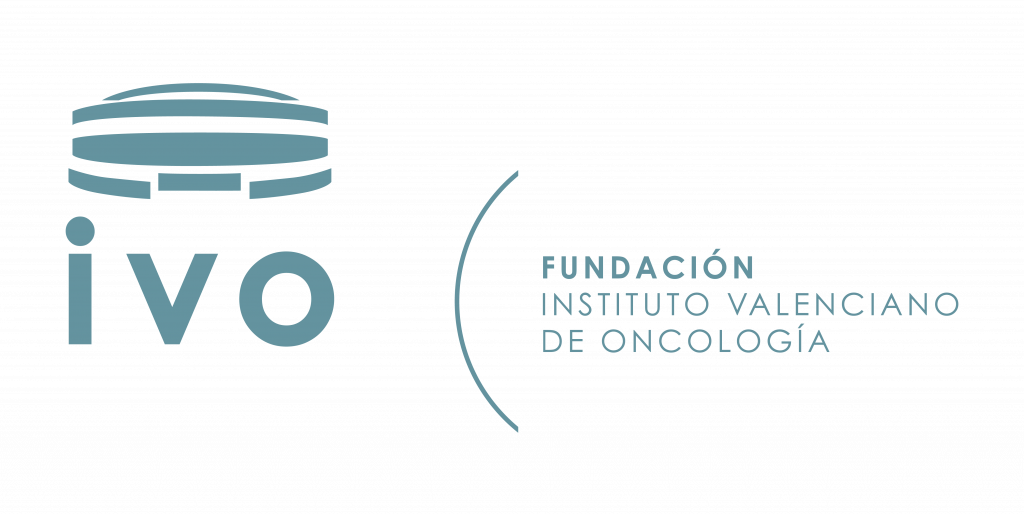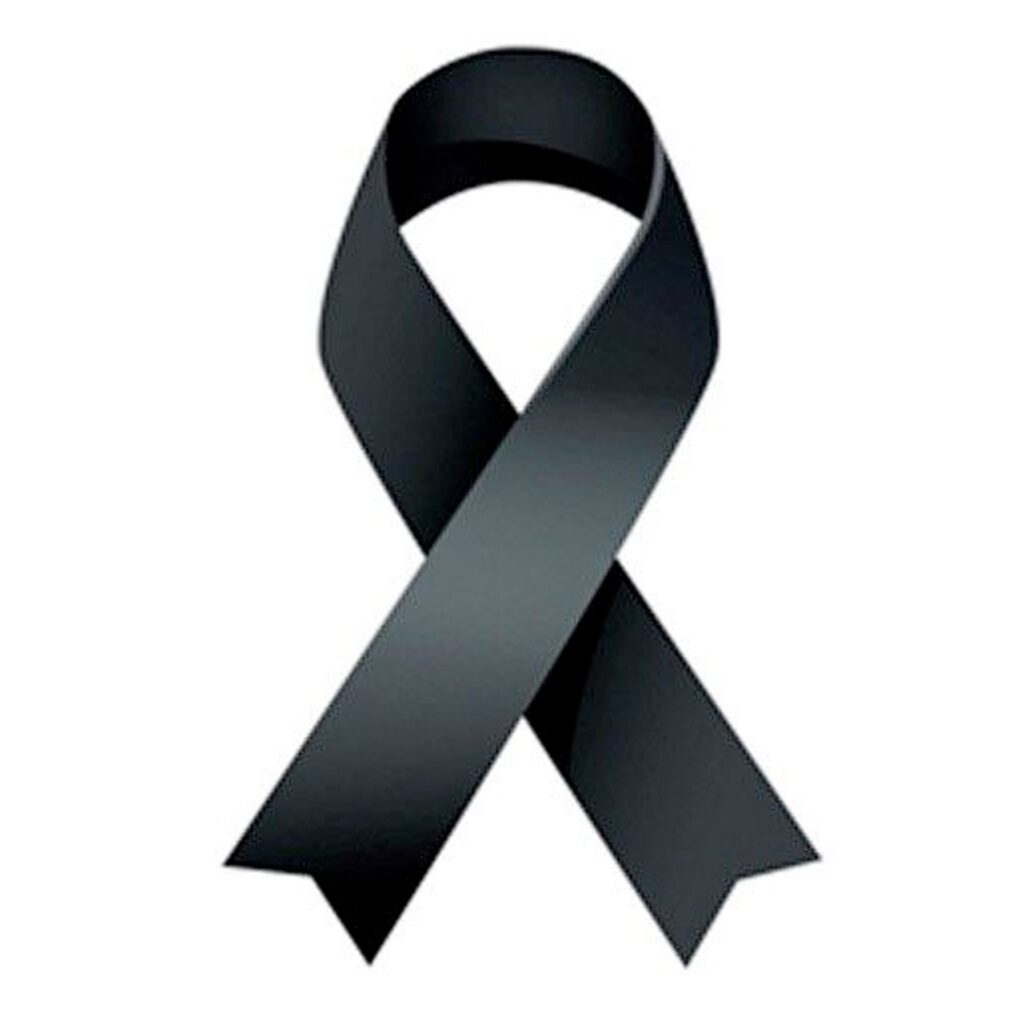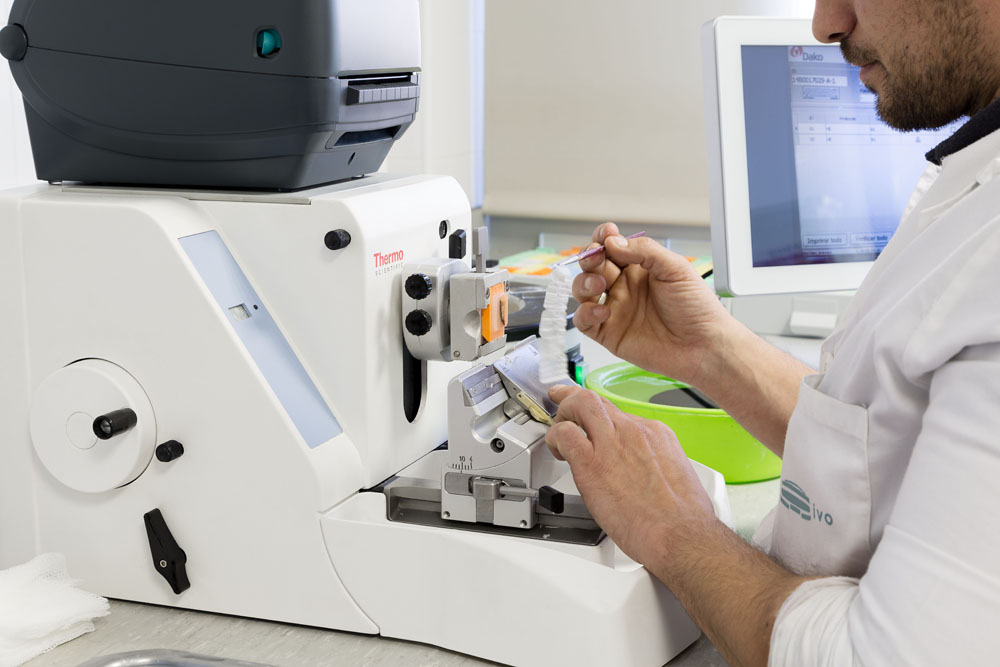A tumour can start in any part of a bone. There is a great variety of benign bone tumours, with the main characteristic being that they do not invade or infiltrate the tissues around the bone. Malignant tumours that have the ability to invade tissues and metastasise to distant sites can also occur in bones.
Osteosarcoma is one of the types of bone tumours that destroys normal bone tissue and weakens it. It originates in the most immature bone cells that generate new bone (osteoblasts). It is the most common type of cancer of the bone itself, and it is completely different from metastases of other cancers that frequently affect the bone, such as prostate, breast or lung cancer.
Osteosarcoma affects mostly people between 10 and 20 years of age, although it can also appear in people over 40 years of age. It forms in the bone tissue itself and its cells grow and invade healthy bone, thereby weakening it. These tumours can develop in any bone of the skeleton and are often able to spread and metastasise to other sites, mainly the lung.
To diagnose it, it is necessary to carry out an analysis of the tumour itself (biopsy) so that the pathologists can analyse the biopsy under a microscope to obtain the necessary information for an exact diagnosis. It is then that the oncologist, in collaboration with radiologists and nuclear medicine specialists, must carry out the necessary tests to determine the extent or stage of the disease and design the best treatment for the patient.






